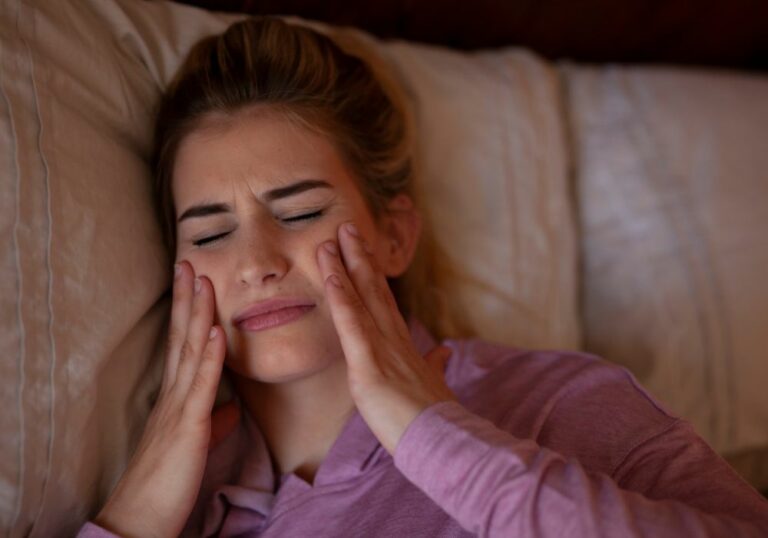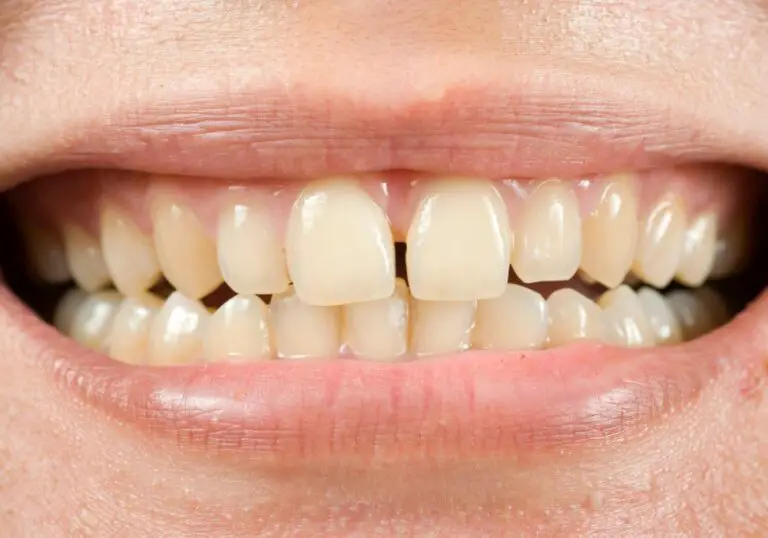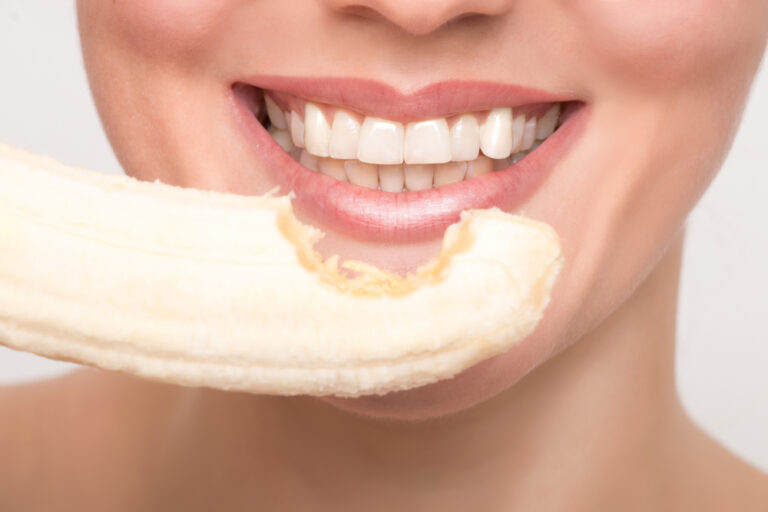Do you wear a retainer to keep your teeth in place after orthodontic treatment? If so, you may be wondering if your teeth can shift overnight without a retainer. The answer is yes, your teeth can shift overnight without a retainer.
Wearing a retainer is crucial after orthodontic treatment because it helps maintain the new position of your teeth. Your teeth are held in place by bone and soft tissue, and it takes time for them to settle into their new position. Without a retainer, your teeth can shift back to their original position, and this can happen quickly, even overnight.
In this article, we will explore why teeth can shift overnight without a retainer, how quickly they can shift, and what you can do to prevent it. We will also discuss the importance of wearing a retainer and how long you should wear it to maintain the new position of your teeth. So, if you are worried about your teeth shifting overnight without a retainer, keep reading to learn more.
Understanding Teeth Movement
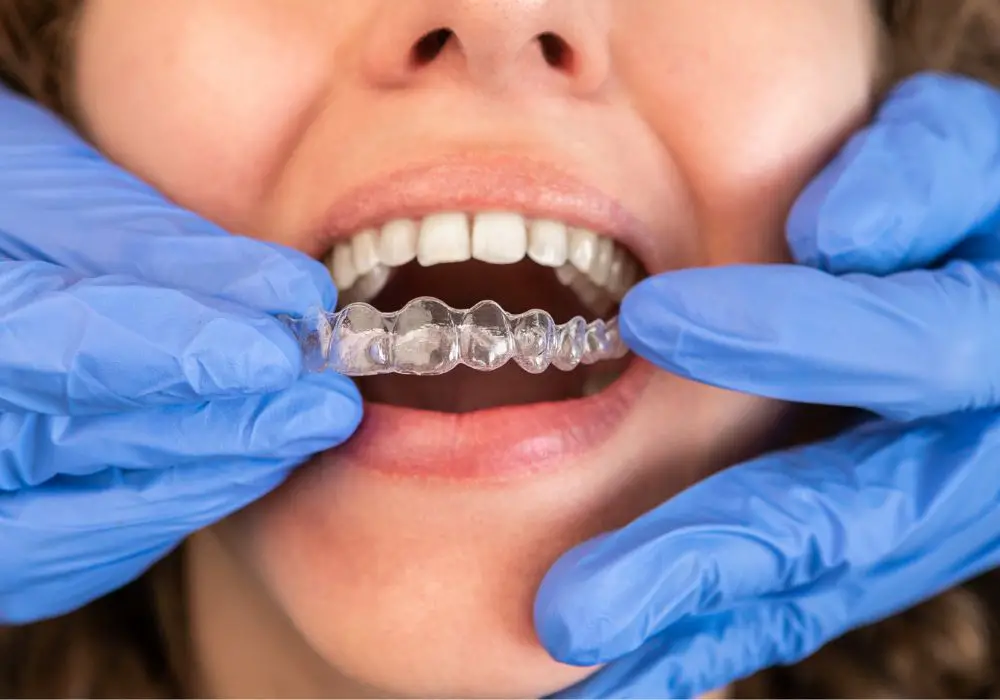
Teeth movement is a natural process that occurs throughout your life. It can happen due to various reasons, such as aging, injury, or orthodontic treatment. While some degree of movement is normal, excessive shifting can cause problems with your bite and appearance.
Factors Influencing Teeth Shift
Several factors can influence the movement of your teeth. Here are some of the most common ones:
Retainer Use
Wearing a retainer after orthodontic treatment is essential to prevent your teeth from shifting back to their original position. If you don’t wear your retainer as prescribed, your teeth can move overnight or within a few days. The longer you go without wearing your retainer, the more likely your teeth are to shift.
Age
As you age, your teeth may shift due to natural wear and tear, jawbone changes, and other factors. This gradual movement can cause your teeth to become crooked or misaligned over time.
Genetics
Your genes can also play a role in how your teeth shift over time. Some people are more prone to dental problems, such as overcrowding or gaps, due to their genetic makeup.
Habits
Certain habits, such as grinding your teeth or biting your nails, can also cause your teeth to shift. These habits can put pressure on your teeth and cause them to move out of position.
Injury
Trauma to your teeth or jaw can cause them to shift suddenly. If you experience a blow to your mouth or face, you should see a dentist or orthodontist right away to check for any damage.
In conclusion, teeth movement is a natural process that can occur due to various factors. To prevent excessive shifting, it’s important to wear your retainer as prescribed and maintain good oral hygiene habits. If you notice any significant changes in your teeth, you should consult with a dental professional to determine the cause and possible treatment options.
The Role of Retainers
If you’ve undergone orthodontic treatment to straighten your teeth, you know how exciting it is to finally see the results of your hard work. However, the work doesn’t stop there. After your braces or aligners come off, you’ll need to wear a retainer to keep your teeth in their new positions. Here’s what you need to know about the role of retainers in maintaining your new smile.
Types of Retainers
There are two main types of retainers: removable and permanent. Removable retainers are typically made of plastic or acrylic and fit over your teeth. They can be taken out for eating, brushing, and flossing. Permanent retainers, also known as bonded retainers, are thin wires that are bonded to the back of your teeth. They’re not visible when you smile, and you don’t have to worry about taking them in and out.
How Retainers Work
Retainers work by holding your teeth in their new positions until they become more stable. After orthodontic treatment, your teeth are still susceptible to movement. Your bones, gums, and ligaments need time to adjust to the new positions of your teeth. Retainers help prevent your teeth from shifting back to their original positions.
It’s important to wear your retainer as directed by your orthodontist. If you don’t wear your retainer, your teeth can shift back to their original positions, and you may need to undergo orthodontic treatment again. Your orthodontist will let you know how often you need to wear your retainer and for how long.
In summary, retainers play a crucial role in maintaining the results of your orthodontic treatment. They help hold your teeth in their new positions until they become more stable. There are two main types of retainers: removable and permanent. It’s important to wear your retainer as directed by your orthodontist to prevent your teeth from shifting back to their original positions.
Can Teeth Shift Overnight Without a Retainer?

After completing your braces or aligner program, you will need to wear a retainer to keep your teeth in place. Otherwise, your teeth can move, and you’ll lose your corrected bite and smile. This post-treatment time is called your retention period. A retainer is used to “retain” your corrected tooth and bite position.
It is normal for teeth to shift slightly, even with a retainer. However, without a retainer, your teeth can shift more noticeably. According to studies, the average tooth movement after one week without retainer wear ranges from 0.1 to 0.5 millimeters. While this may not seem like a lot, over time, it can add up and affect your overall bite and smile.
Several factors can influence how much your teeth shift overnight without a retainer. These include:
- The amount of time since you completed your braces or aligner program
- How much your teeth shifted during treatment
- The type of retainer you wore during your retention period
- Your age and overall dental health
It is essential to wear your retainer as prescribed by your orthodontist to prevent your teeth from shifting overnight. If you have lost your retainer, you can order a custom teeth retainer online or call your orthodontist to order a new one. Remember, prevention is key to maintaining your beautiful, healthy smile.
The Impact of Not Wearing a Retainer
If you’ve recently completed orthodontic treatment, your orthodontist may have recommended that you wear a retainer to maintain your teeth’s alignment. However, you may be wondering what would happen if you don’t wear your retainer. In this section, we’ll explore the short-term and long-term effects of not wearing a retainer.
Short-Term Effects
The short-term effects of not wearing a retainer can vary depending on how long you go without wearing it. If you forget to wear your retainer for a day or two, you may not notice any significant changes in your teeth’s alignment. However, if you go longer than a week without wearing your retainer, you may start to notice some shifting.
Your teeth may feel a bit sore or tender as they adjust to their new position, and you may notice some gaps or crowding. If you experience any discomfort or pain, it’s essential to contact your orthodontist to discuss your options.
Long-Term Effects
The long-term effects of not wearing a retainer can be more severe than the short-term effects. If you consistently forget to wear your retainer, your teeth may start to shift back to their original position. This can undo all the progress you made during your orthodontic treatment.
Over time, your teeth may become crooked or misaligned, and you may experience bite problems. In severe cases, you may need to undergo orthodontic treatment again to correct the issues.
It’s essential to wear your retainer as directed by your orthodontist to maintain your teeth’s alignment. If you’re having trouble remembering to wear your retainer, try setting a reminder on your phone or keeping it in a visible location where you’ll remember to put it in.
In summary, not wearing a retainer can have both short-term and long-term effects on your teeth’s alignment. It’s crucial to wear your retainer as directed by your orthodontist to maintain the progress you made during your orthodontic treatment.
Preventing Teeth Shift
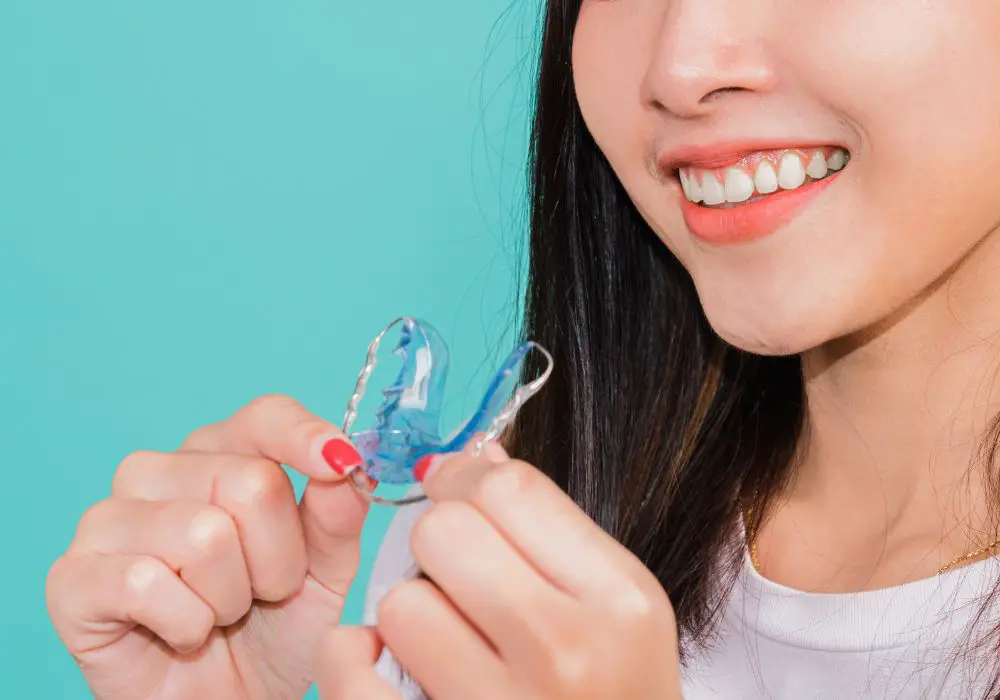
To prevent your teeth from shifting overnight without a retainer, there are a few things you can do.
Regular Use of Retainers
One of the most important things you can do is to wear your retainer regularly. Your orthodontist will give you specific instructions on how often to wear your retainer, but it’s usually recommended to wear it every night.
If you don’t wear your retainer regularly, your teeth may start to shift back to their original position. This can undo all the progress you made with your orthodontic treatment.
Orthodontic Check-Ups
Another way to prevent teeth shift is to schedule regular check-ups with your orthodontist. During these appointments, your orthodontist can monitor your teeth and make sure they’re staying in the correct position.
Your orthodontist may also recommend adjustments to your retainer or other orthodontic appliances to keep your teeth in the right place.
By following these tips, you can help prevent your teeth from shifting overnight without a retainer. Remember to always follow your orthodontist’s instructions and attend regular check-ups to ensure the best results from your orthodontic treatment.
Frequently Asked Questions
How long can I go without wearing my retainer?
Orthodontic treatments can gradually shift our teeth because dental ligaments have some elasticity. However, that same elasticity is also to blame for relapse (teeth shifting) after treatment ends. Your teeth are attached to your jaw bone by periodontal ligaments. If you don’t wear your retainer as prescribed by your orthodontist, your teeth will gradually shift back to their original position. The length of time you can go without wearing your retainer varies from person to person, but it’s generally recommended that you wear your retainer for at least 22 hours a day for the first few months after treatment.
If I start wearing my retainer again, will my teeth move back?
If you start wearing your retainer again after a period of not wearing it, your teeth may move back to their original position. However, the amount of movement will depend on how long you went without wearing your retainer and how much your teeth have shifted. It’s important to wear your retainer as prescribed by your orthodontist to prevent any further movement of your teeth.
How long does it take your teeth to shift without a retainer?
The length of time it takes for your teeth to shift without a retainer varies from person to person. Some people may notice movement within a few weeks, while others may not notice any movement for several months. It’s important to wear your retainer as prescribed by your orthodontist to prevent any unwanted movement of your teeth.
Can your teeth move in one night?
It’s unlikely that your teeth will move significantly in one night. However, if you go without wearing your retainer for an extended period of time, you may notice some movement of your teeth. It’s important to wear your retainer as prescribed by your orthodontist to prevent any unwanted movement of your teeth.
How quickly can teeth shift?
The speed at which teeth can shift varies from person to person. Some people may notice movement within a few weeks, while others may not notice any movement for several months. It’s important to wear your retainer as prescribed by your orthodontist to prevent any unwanted movement of your teeth.
Will my teeth shift without retainer for 3 days?
It’s possible that your teeth may shift slightly if you go without wearing your retainer for 3 days. However, the amount of movement will depend on how long you went without wearing your retainer and how much your teeth have shifted. It’s important to wear your retainer as prescribed by your orthodontist to prevent any further movement of your teeth.

